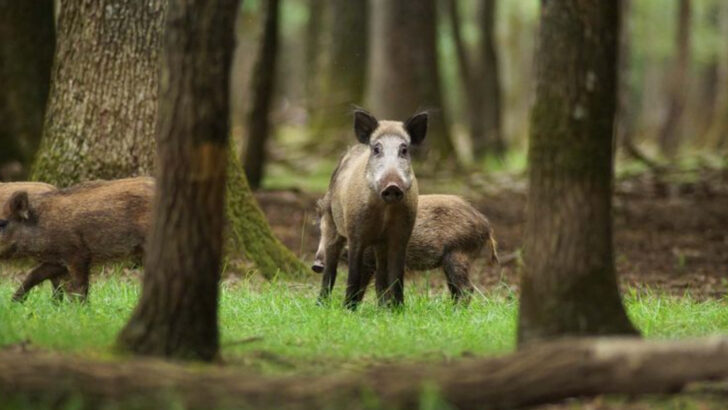The woods don’t care how good you are. Something out there is always ready to ruin your hunt.
You can have the perfect setup. Camouflage on point. Wind in your favor. But one unexpected noise, one sudden movement—and the game is gone.
Sometimes it’s not the prey that tests you. It’s the intruders. The saboteurs. Creatures that crash your hunt like uninvited guests at a silent party. Some will spook everything for miles. Others might just be sizing you up.
From sneaky predators to loudmouthed pests, the wild is full of troublemakers. And if you’re not ready for them, your peaceful day in the woods can turn into pure chaos.
Here are 16 animals that don’t care about your strategy. They’ve got their own plans—and they’re not afraid to mess up yours.
Gray Squirrel
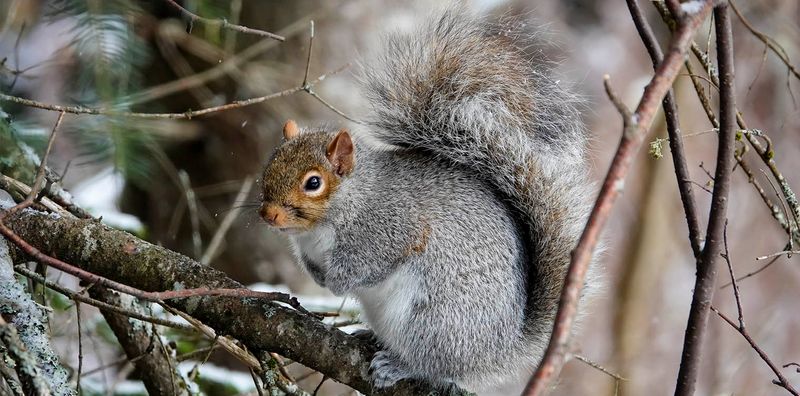
With its bushy tail and inquisitive nature, the gray squirrel seems harmless. However, its incessant chattering can alert other animals to your presence. Imagine setting up for a deer hunt, silent and still, only to have a squirrel announce your every move.
Known for their curiosity, these small creatures often forage close to hunters, creating unwanted noise. Besides, their sudden bursts of movement can startle both you and your target.
Did you know these squirrels communicate through a series of chirps and tail flicks, making them the town criers of the forest?
Coyote
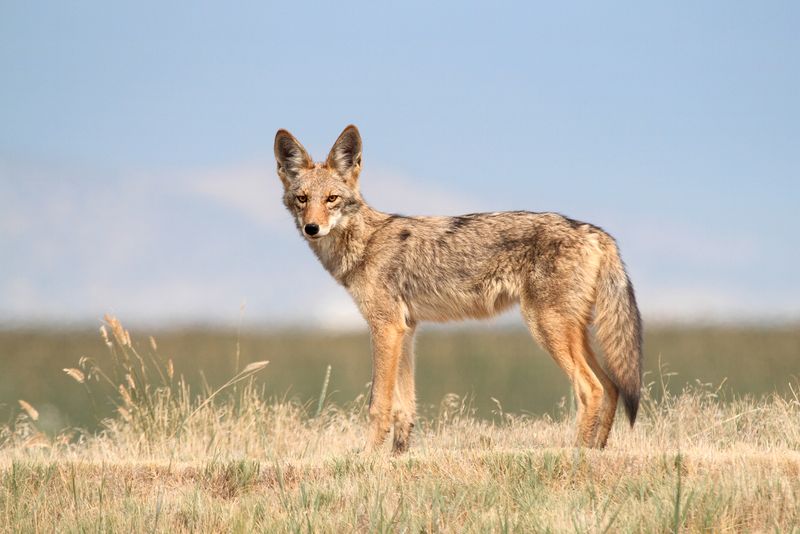
The eerie howl of a coyote is a sound most hunters are familiar with. Coyotes are opportunistic predators, and their presence can drive away game. Suppose you’re stalking a deer, and a coyote decides to trail you, its sharp senses picking up your scent.
They are intelligent, often hunting in packs, which increases their chances of success. Their adaptability to different environments makes them a common adversary.
Interestingly, the coyote’s reputation as a cunning trickster is a theme prevalent in Native American folklore, echoing their real-life antics.
Blue Jay
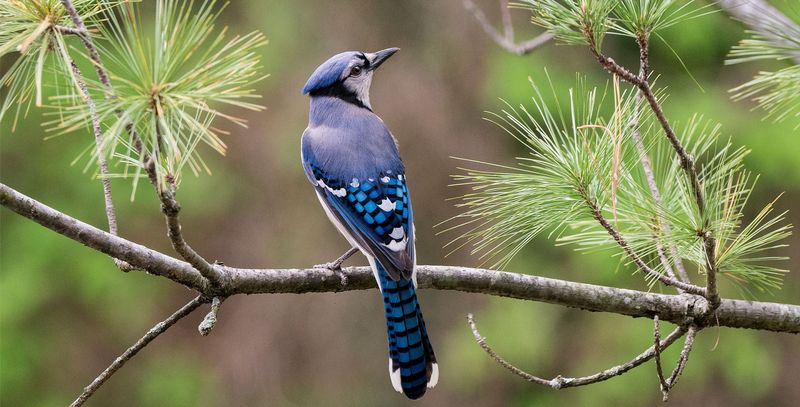
With striking plumage and a loud call, the blue jay is both beautiful and boisterous. Their distinctive cries can echo through the forest, alerting all creatures to danger.
Picture yourself, bow drawn, when a blue jay starts its raucous warning call. These birds are known for mimicking the calls of hawks, adding an extra layer of confusion. Their territorial nature means they won’t hesitate to mob larger animals, increasing the overall noise and chaos.
Fun fact: blue jays are highly intelligent and are known to use tools, a rare trait among birds.
Wild Boar
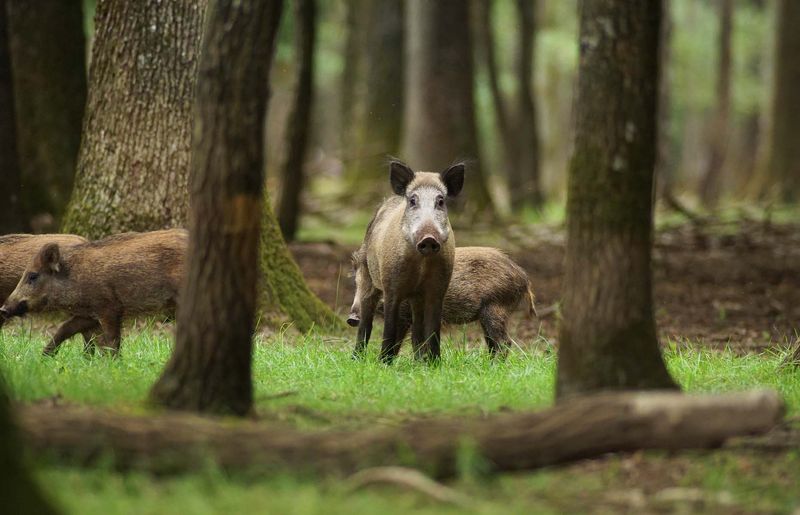
Wild boars are formidable creatures known for their tenacity and aggression. Encountering one unexpectedly can be a hunter’s worst nightmare. Imagine setting up a blind and hearing the rustle of leaves, only to spot a boar charging.
Their keen sense of smell allows them to detect humans from a distance. A startled boar can be unpredictable, often choosing to confront rather than flee. Despite their robust appearance, boars are surprisingly fast and agile.
Did you know that wild boars have been around since the Ice Age, surviving numerous environmental changes?
Raccoon
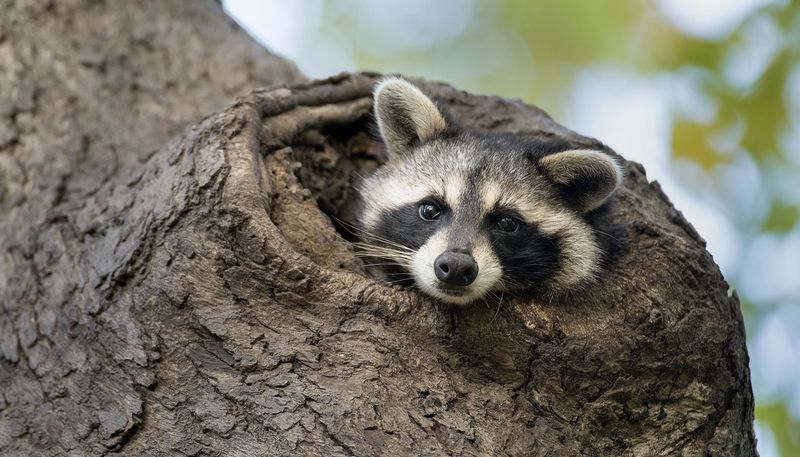
The raccoon’s masked face and nimble fingers make it the bandit of the forest. These nocturnal animals can disrupt hunts by raiding campsites for food. Imagine waking up to find your provisions scattered, thanks to a raccoon’s midnight antics.
Their curiosity often leads them to investigate hunting gear, adding unforeseen challenges. Raccoons are highly adaptable and thrive in various environments, from urban areas to deep woods.
Fun fact: raccoons are known for their ‘washing’ behavior, where they dunk their food in water before eating.
Crow
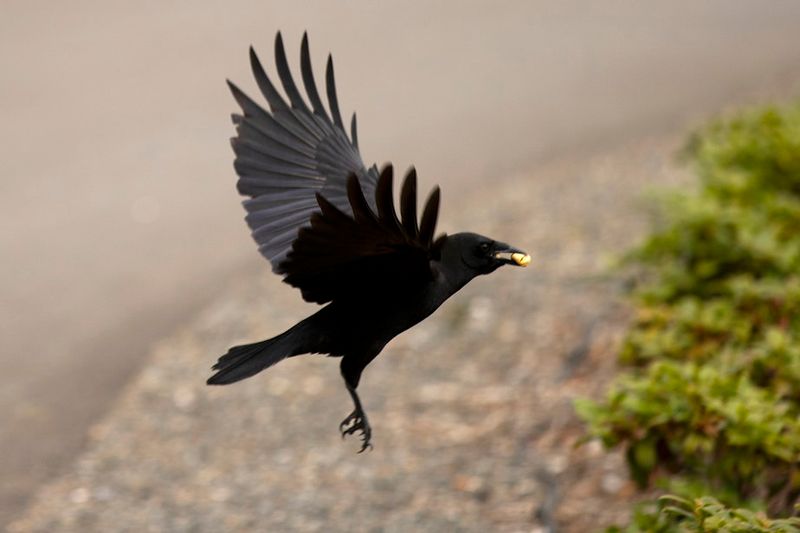
Crows are among the most intelligent birds, known for their problem-solving skills and complex social structures. However, their loud calls can be a hunter’s bane.
Imagine the frustration as a crow spots you and begins to caw incessantly, alerting every creature in the vicinity. These birds are also known for their ability to remember human faces and can hold grudges, making them tricky opponents.
Crows often gather in large numbers, creating a cacophony that can drown out the subtle sounds of the forest, complicating any stealthy pursuit.
Beaver

Beavers are nature’s engineers, tirelessly building dams and lodges. While their constructions create vibrant ecosystems, they can also alter hunting grounds.
Picture setting up near a stream, only to find your path blocked by a newly erected beaver dam. The sound of their tail slapping on water serves as a warning, alerting other animals. Beavers are primarily nocturnal, so their nighttime activities can surprise hunters in the early hours.
Did you know that beavers were hunted to near extinction for their pelts, which were highly valued in the fur trade?
Skunk
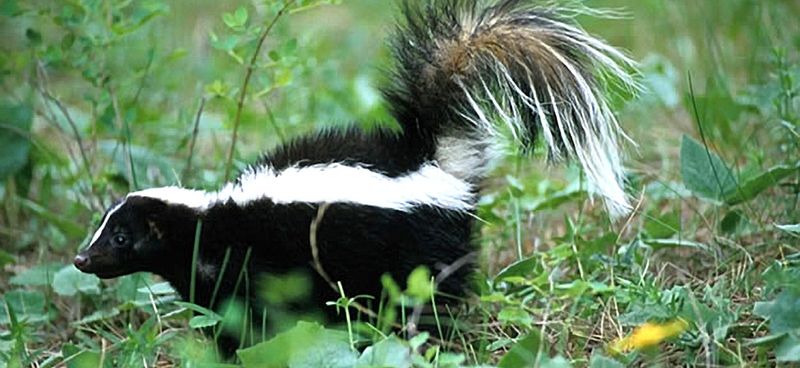
With their distinctive black and white stripes, skunks are easily recognizable. However, it’s their potent spray that poses a real threat to hunters. Imagine carefully stalking prey, only to accidentally disturb a skunk.
The ensuing odor can linger, alerting animals to your presence and ruining your gear. Skunks are generally non-aggressive, but will defend themselves if threatened. Their presence can turn a serene hunt into a smelly ordeal.
Fun fact: skunks can accurately spray their noxious liquid up to ten feet, a surprising range for such small creatures.
Deer
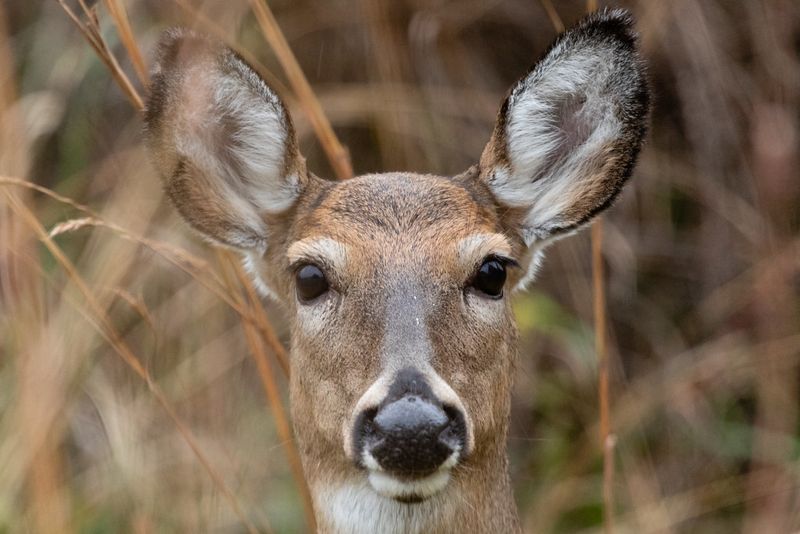
It might seem ironic, but deer can indeed disrupt a hunt, especially when hunting for other game. Their acute senses make them easily spooked, causing them to bolt and take other animals with them.
Picture a deer sniffing the air and suddenly bounding away, alerting every creature around. They are adept at navigating forests quietly, and their sudden movements can startle even experienced hunters.
Interestingly, deer antlers grow back every year, a feat of nature that requires significant energy and resources.
Fox
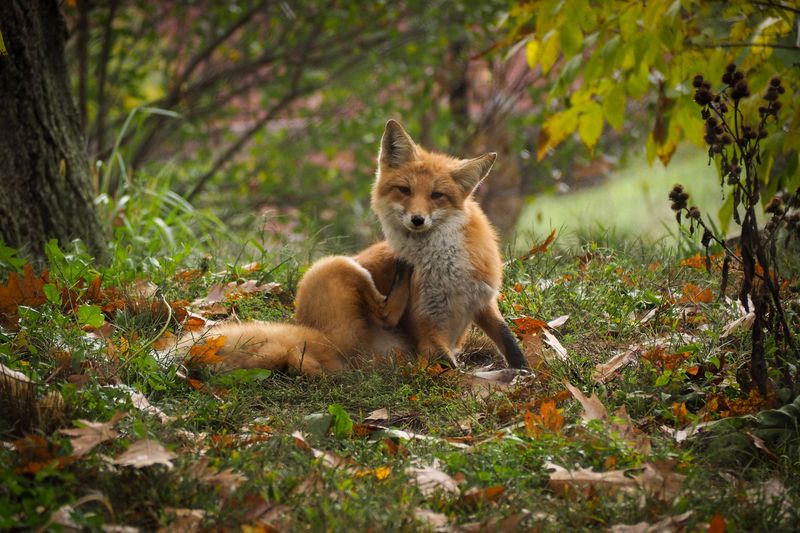
Foxes are the epitome of cunning and agility. Their sharp eyes and ears make them adept at detecting danger, often alerting other animals. Imagine a fox crossing your path, its presence enough to send game scrambling.
Foxes are solitary hunters, making them elusive and hard to track. They are known for their playful nature, often seen pouncing or playing with their prey.
Did you know that foxes use the Earth’s magnetic field to help them hunt, aligning themselves north to pounce on their target with precision?
Porcupine
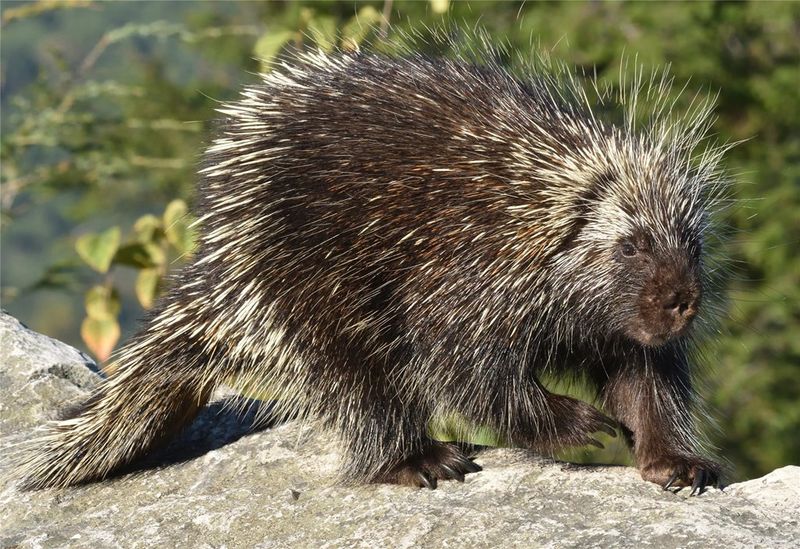
Porcupines are easily identified by their quills, which serve as a formidable defense. These slow-moving animals may seem harmless, but their presence can complicate a hunt.
Imagine navigating a forest, only to find your path blocked by a porcupine. Their quills, if stepped on, can cause painful injuries, deterring both hunters and animals. Porcupines are primarily nocturnal, but their impact is felt throughout the day.
Fun fact: porcupines cannot shoot their quills, but these are easily detached and can embed in the skin of predators.
Owl

Owls are often seen as symbols of wisdom, but their presence can disrupt a hunt. Their silent flight and sharp talons make them formidable predators. Imagine an owl swooping down, its silhouette casting shadows that spook game animals.
Their hoots can carry far, alerting creatures to potential danger. Owls are primarily nocturnal and are adept at hunting in low light.
Did you know that owls have asymmetrical ears, which allow them to pinpoint the location of sounds with remarkable accuracy, aiding them in hunting?
Badger

Badgers are known for their digging prowess and fearless nature. These burrowing animals can disrupt the terrain, affecting hunting strategies. Imagine setting up near a badger sett, only to find the ground riddled with holes.
Their aggressive nature means they won’t shy away from confrontation, making them a challenging presence. Badgers are nocturnal and highly territorial, often defending their home with vigor.
Fun fact: badgers have a symbiotic relationship with coyotes, often hunting together to increase their success rate.
Snake

Snakes are often a hunter’s stealthy adversary, camouflaged and silent. Venomous snakes, in particular, pose a threat if encountered unexpectedly. Imagine walking through tall grass and hearing the telltale rattle of a snake.
Their presence can halt a hunt immediately, as safety takes precedence. Snakes play a vital role in the ecosystem, controlling rodent populations.
Interestingly, some snakes use heat-sensing pits to detect prey, an adaptation that makes them efficient hunters in their own right. Always be cautious of where you step in snake-prone areas.
Woodpecker

The rhythmic tapping of a woodpecker is a distinctive sound in the forest. However, this can disrupt the tranquility needed for a successful hunt. Picture yourself waiting patiently, only to have a woodpecker start its drumming nearby.
Their activity can echo through the woods, alerting animals to human presence. Woodpeckers engage in this behavior to find food and communicate, often drumming to establish territory.
Fun fact: woodpeckers have specially adapted skulls that protect their brains from the impact of pecking, a remarkable evolutionary trait.
Bear
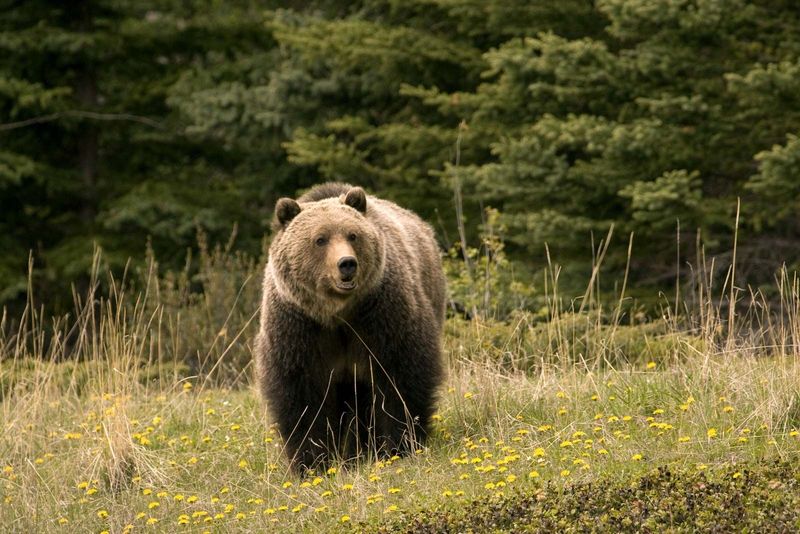
Bears are a force of nature, capable of altering the course of a hunt simply by being present. Their keen sense of smell can lead them to hunters’ campsites in search of food.
Imagine a bear lumbering into your hunting area, its presence alone enough to deter any game. Bears are generally not aggressive unless provoked, but their size and strength make them formidable.
Did you know that bears can run up to 35 miles per hour, despite their bulky appearance? This speed makes them surprisingly agile in pursuit of prey or when startled.

